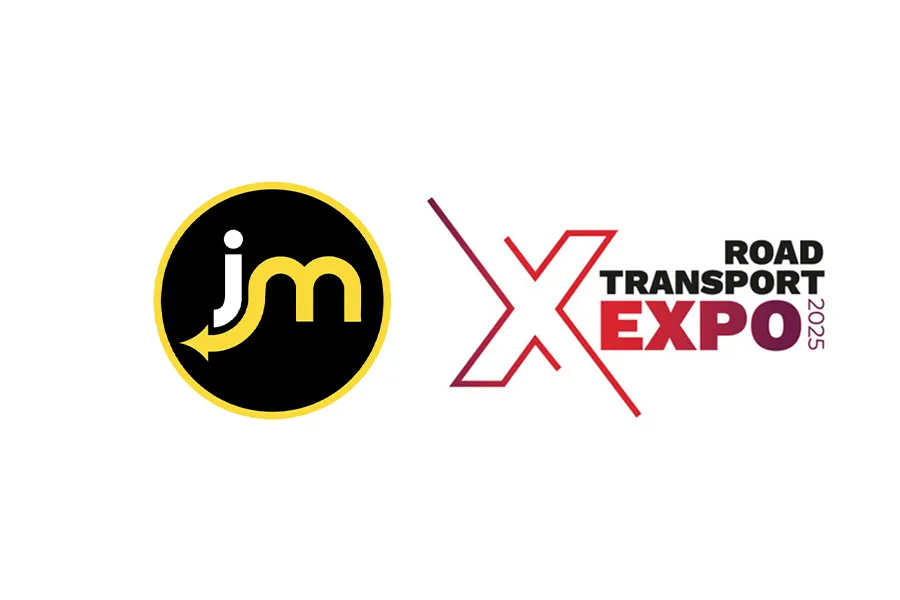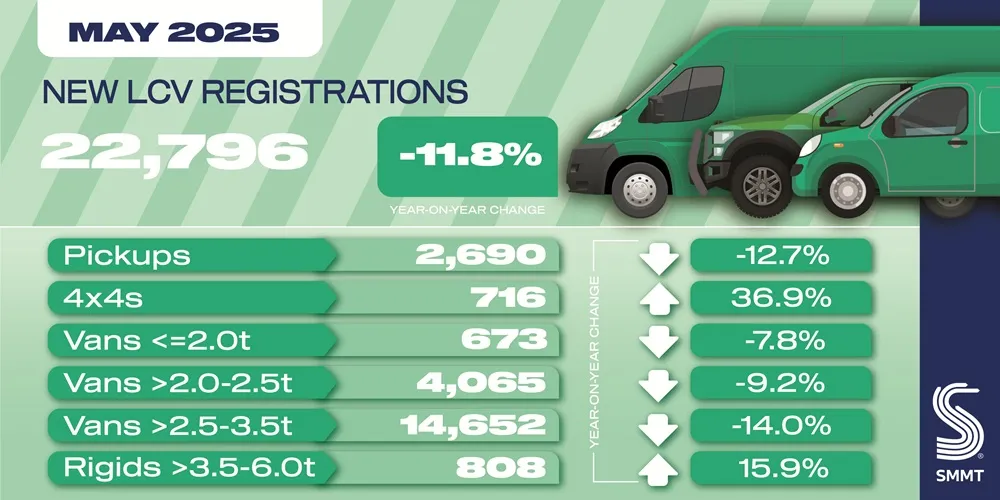With 9,635 light commercial vehicles registered in March, the sector registered a drop of 46.6%% and an overall decline in the first quarter of 35.8% according to the latest figures released by la Asociación Española de Fabricantes de Automóviles y Camiones (ANFAC).In better news, however, industrial vehicles, and buses saw a 3.1% increase on March 2021’s standpoint as it rounded off Q1 6.1% ahead.
Rise in Energy Prices, a General Strike in Spain, Scarcity of Parts and Ukraine Conflict Create a Perfect Storm of Problems for Spanish Commercial Vehicle Market
It’s fair to say that Mar...
Rise in Energy Prices, a General Strike in Spain, Scarcity of Parts and Ukraine Conflict Create a Perfect Storm of Problems for Spanish Commercial Vehicle Market
It’s fair to say that Mar...








